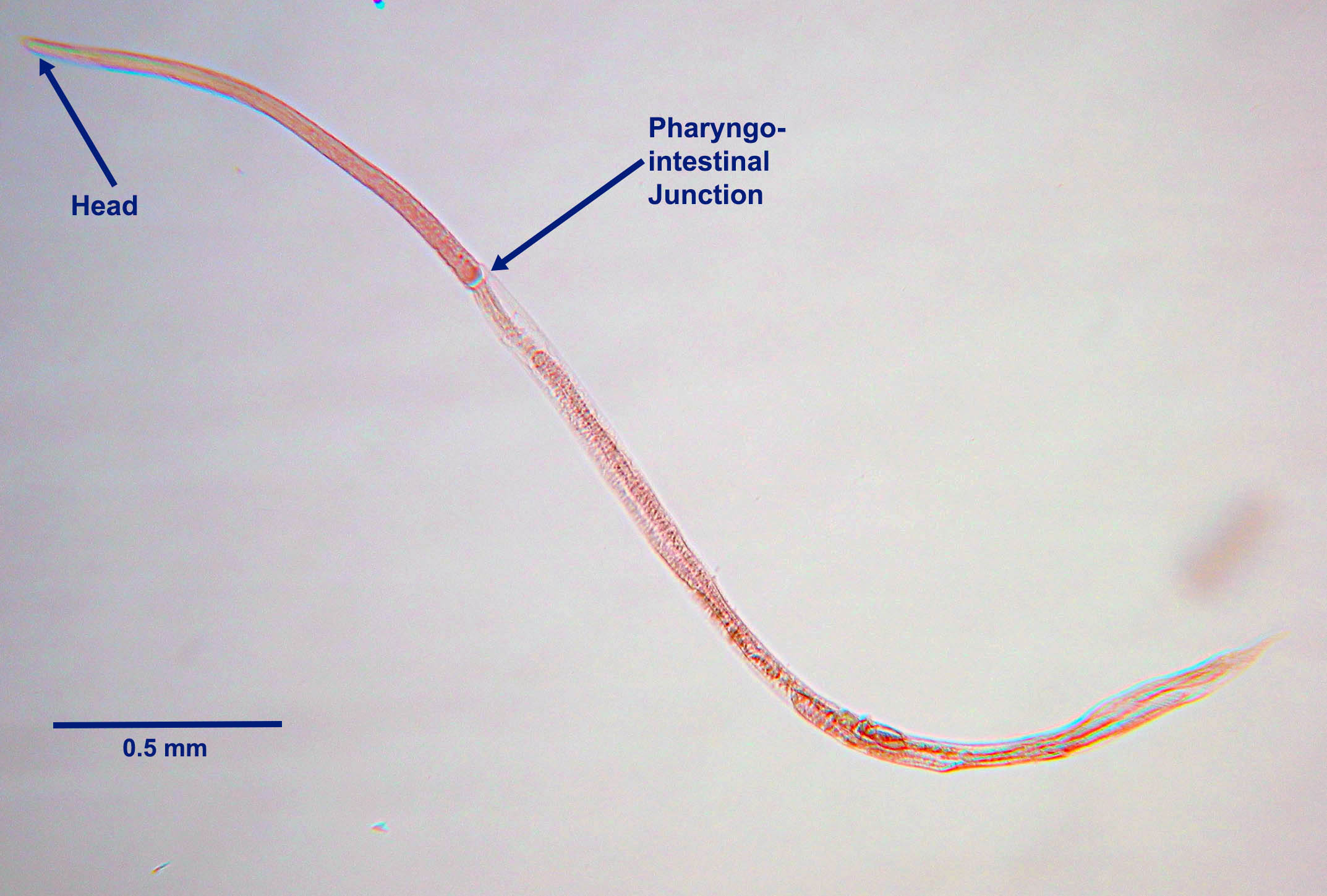Leishmania donovani – Life cycle, Treatment, Symptoms, Diagnosis, Prevention
What is Leishmania donovani? Classification of Leishmania Domain: Eukaryota Phylum: Euglenozoa Class: Kinetoplastid Order: Trypanosomatida Genus: Leishmania History and Distribution of Leishmania Donovani The history and distribution of Leishmania donovani, the causative agent of visceral leishmaniasis or kala-azar, trace back over a century and reflect its significant public health impact globally. Understanding this history provides … Read more








